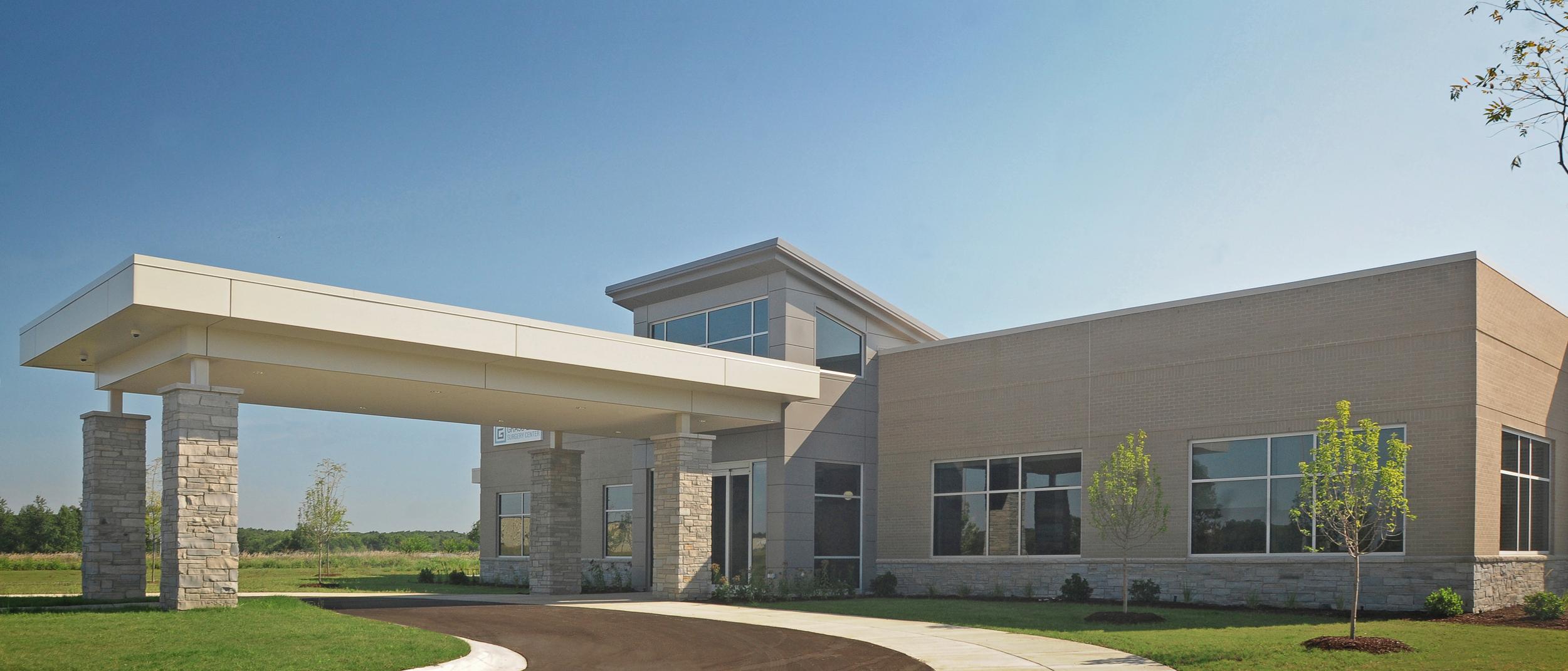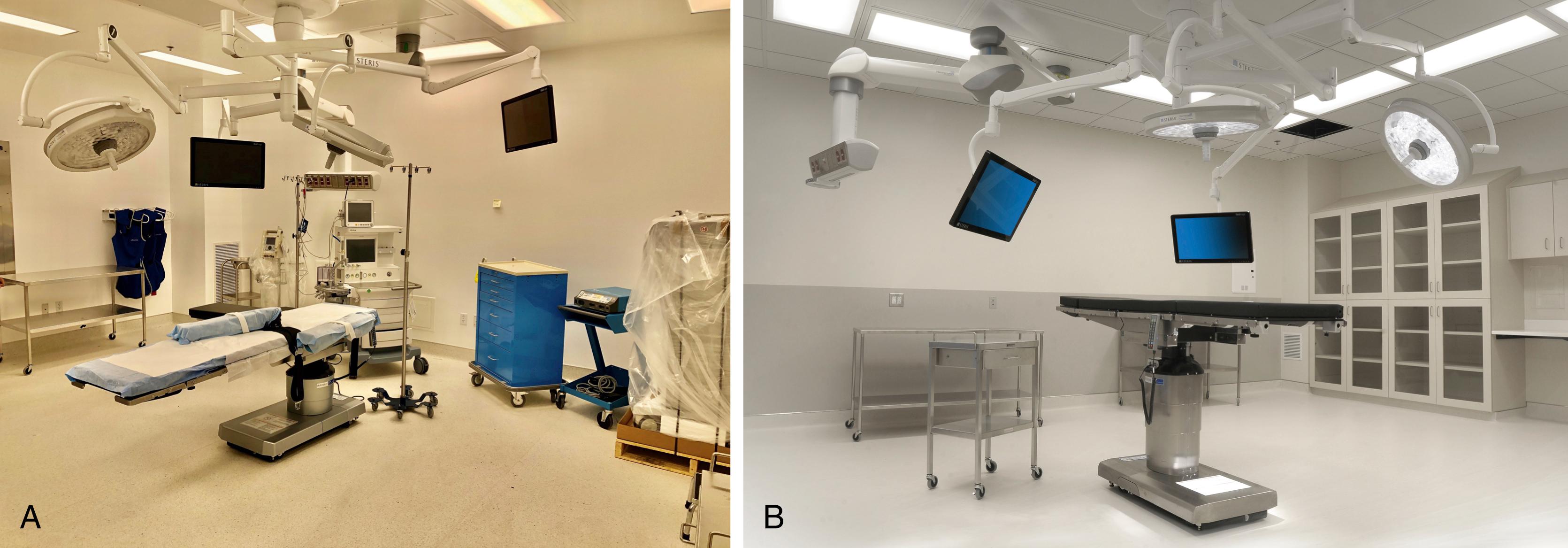Physical Address
304 North Cardinal St.
Dorchester Center, MA 02124
The popularity of same-day discharge total joint arthroplasty (TJA) continues to increase, as does the number of these procedures being performed at freestanding ambulatory surgery centers (ASCs). , These procedures are being performed successfully and safely both in the hospital outpatient department (HOPD) and ambulatory surgical setting. There are numerous reasons for the continuous shift from the inpatient to outpatient setting for total joints. Perhaps the greatest driver of this shift are the legislative changes made by the Centers for Medicare & Medicaid Services (CMS). Starting in January 2018, total knee arthroplasty (TKA) was removed from the inpatient-only list; total hip arthroplasty (THA) was removed from the inpatient-only list in 2020. CMS also added TKA to the ASC-covered surgical procedure list, with THA expected to follow in 2021. The changes made by the CMS have paved the way for private payers to continue to drive joint arthroplasty to the ambulatory environment. In addition to the payer, there are several surgeon- and patient-driven reasons for this shift. ASCs allow surgeons to operate in an efficient environment that allows for increased case volume while often giving the surgeon more autonomy and operational input than the hospital. Surgeons may have an opportunity to participate as an equity shareholder in an ASC, creating potential financial incentives. From the patient perspective, the ASC creates an enhanced level of service, a more convenient and efficient surgical experience for themselves and their family, and an option to avoid the traffic of a traditional hospital. The result has been very high patient satisfaction scores in the ASC environment ( Fig. 4.1 ).

With the rise in outpatient arthroplasty, there has been a growing interest in the perioperative considerations and complications specifically related to same-day discharge arthroplasty. The purpose of this chapter is to discuss the challenges associated with performing total joint arthroplasty in an outpatient setting from preoperative patient selection, perioperative complications, and postoperative follow-up.
A key factor in limiting complications and maximizing safety during TJA in an outpatient setting is appropriate patient selection. The process of appropriate patient selection should aim to identify those patients that will be successfully discharged home on the day of surgery. Equally important is creating a process to identify patients at risk for return to the emergency department (ED) or hospital readmission. While these two issues are related, there is an important distinction between patients who are willing and able to go home on the day of surgery and those who are initially able to go home but are subsequently readmitted for management of medical comorbidities, postoperative pain, or surgical complications. Understanding the inherent difference is necessary because it requires assessing different sets of patient characteristics and a more comprehensive analysis of not just the patient but the patient’s environment and social situation.
In order to identify those patients who are most likely to have a successful same-day discharge, some authors have focused on specific demographic variables, , while others have developed risk assessment tools that incorporate a number of variables into a calculated score. , Demographic variables associated with successful same-day discharge include lower body mass index (BMI), fewer self-reported allergies, lower American Society of Anesthesiologists (ASA) score, and male gender. Other studies advocate for a risk assessment score that accounts for both the presence and severity of a range of medical comorbidities, an approach that allows for a nuanced assessment of a patient’s medical comorbidities and associated perioperative risk. Meneghini et al. describe the outpatient arthroplasty risk assessment (OARA) metric, which creates a total score based on a number of the aforementioned variables. The OARA has shown promise and has been reported to outperform both the Charlson comorbidity index (CCI) and the ASA score in predicting successful same-day discharge. , This specific OARA screening tool has been externally validated in one independent study by Kim et al., which found similar superiority of the OARA tool compared with either the ASA score or CCI in predicting successful same-day discharge.
Lately, there has been a strong association between outpatient TJA and ASCs. It is true that there has been a migration of outpatient cases to the freestanding ASC environment, but there are still a large number of patients discharged the same day from the hospital and HOPDs. Once a patient has been properly evaluated and found to meet outpatient selection criteria, the next step in the process is determining which outpatient environment is right for that patient. A large part of that decision relates to the individual surgeon’s practice and can take many forms. For some surgeons, all of their cases are performed in the hospital. In that case, deeming a patient outpatient is just a matter of surgical boarding. Other surgeons with access to freestanding ASCs may routinely take all outpatients to those facilities. In our practice, we operate at a community hospital with a robust HOPD and an ASC in close proximity. Studies have shown that many of the patients who meet selection criteria for outpatient TJA are ultimately not discharged home on the day of surgery, reportedly as high as 21%. , As such, part of our decision-making process for surgical setting comes down to whether we believe that a patient is truly 100% willing and able to undergo an outpatient arthroplasty. If there is a possibility that the patient will need additional support prior to discharge, we board the patient in the HOPD as opposed to the ASC.
Our selection criteria include elements from scoring systems such as the OARA. However, we are not utilizing a specific system at this time. Patients are generally excluded if they have a BMI greater than 45, ASA score greater than 2, history of uncontrolled cardiovascular disease, uncontrolled diabetes mellitus or uncontrolled pulmonary disease, or end-stage renal disease. A comprehensive evaluation is performed on patients with a history of chronic opioid use. In these cases, an opioid record from the state is reviewed. Then, there is an independent discussion between the patient and our medical director (anesthesiology). Finally, there is a social and environmental screening that occurs to ensure that the patient has an appropriate home environment and support system.
When considering the transition to outpatient joint arthroplasty, one needs to critically evaluate the resources available and determine whether they are adequate to manage patients remotely. Historically, patients are seen in the hospital on postoperative days and have in-person interactions with the surgical team for evaluation, discussion, and to address any questions. While in the hospital, there are nurses and ancillary staff—including physical and occupational therapists, possibly internal medicine or hospitalists, case managers, and physician extenders—who interact with the patient and provide different insights throughout the hospital stay. With outpatient joint replacement, these interactions are limited to the span of hours instead of days. Therefore, it is necessary to adequately educate patients prior to discharge and to create a mechanism for patients to be followed remotely. Shah et al. described the burden of care for the surgical team and quantified the amount of time required for perioperative patient communication as an average of 48.4 minutes within 1 week of surgery. Interestingly, they report a trend toward longer-duration phone calls and more frequent incoming calls with same-day discharge versus next-day discharge patients. Extrapolate that time to all outpatient cases performed and it demonstrates the significant amount of resources required, many of which are not routinely embedded in clinical practice and processes.
In addition to appropriately selecting patients for outpatient arthroplasty, patients need preoperative education and expectation management regarding the planned discharge to home on the day of surgery. , , Preoperative patient education regarding pain management is also important for encouraging patient participation in nonmedication options for managing postoperative pain. Patient education can take the form of preoperative classes, educational handouts, web-based resources, or smartphone applications. We advocate for multiple educational avenues that send a consistent message to patients regarding the expectation for same-day discharge, the typical postoperative course, and the signs and symptoms that necessitate contacting the surgeon’s office and/or presenting to an ED. Patients should be informed regarding steps to follow when any postoperative concerns arise; this patient education should take place prior to the day of surgery. ,
Our initial educational process is standardized for all patients, whether inpatient or outpatient, and augmented for those who are ultimately boarded for outpatient surgery. We provide comprehensive educational materials that are reviewed with our surgical scheduler at the time surgery is scheduled. All patients are provided access to a mobile app with additional content and videos. A preoperative visit occurs 2 weeks prior to surgery with one of our physician extenders to review the material again. If the surgery is being performed at our ASC, the patients have the option (not mandatory) to attend a joint class at the facility or virtually and are given access to additional video content specific to the ASC. After surgery, all patients receive a phone call on postoperative days 1, 3, and 7, followed by a postoperative appointment 2 weeks after surgery. A change stemming from the COVID-19 pandemic is the availability of virtual preoperative and postoperative appointments, although the latter requires video access to visually inspect the wound and assess range of motion.
After appropriate patient selection, the establishment of institutional protocols is the next step in complication prevention. Protocols should be in place to standardize perioperative care and optimize safe same-day discharges. The following aspects of perioperative care are amenable to standard protocols that support successful outpatient arthroplasty: anesthesia, perioperative pain management, blood conservation measures, therapy, patient communication and the early recognition and treatment of adverse events occurring on the day of surgery or immediate postoperative period.
Whether inpatient or outpatient, what happens in surgery does not change for the most part. Surgical instrumentation, techniques, and implants are typically identical and what the surgeon does in the operating room (OR) should remain consistent. The processes surrounding the surgery itself may or may not change depending on the environment. It is essential for the surgeon and surgical team to have a comprehensive understanding of these differences in order to ensure patient safety with successful same-day discharge and to maintain high-quality outcomes. Outpatient surgery performed in the hospital or an associated HOPD will likely follow similar pathways in terms of equipment options, staffing, and processes that are available to surgeons performing inpatient joint arthroplasty. If the HOPD is not directly connected to the hospital, for the purpose of this chapter, it will have a similar environment to a freestanding ASC with similar, if not identical, limitations. As such, the final factor in appropriate patient selection is thorough review of the surgical case, templating for the necessary implants and anticipating the potential need for additional instrumentation, backup implants, or alternative equipment. ASCs typically have limited inventory; thus, anything that may not be routine would require coordination and appropriate inventory management. Cases that are more complex and might require atypical component sizes, augments, different levels of constraint, and the like, may be better suited in a hospital environment even if the patient ultimately goes home on the same day. Space, logistics, and inventory are important criteria to understand when selecting patients for the ASC. Even the typical size of the OR is different for each facility, as is the equipment (i.e., computers, monitors, booms, imaging, and so forth; Fig. 4.2 ).

Become a Clinical Tree membership for Full access and enjoy Unlimited articles
If you are a member. Log in here